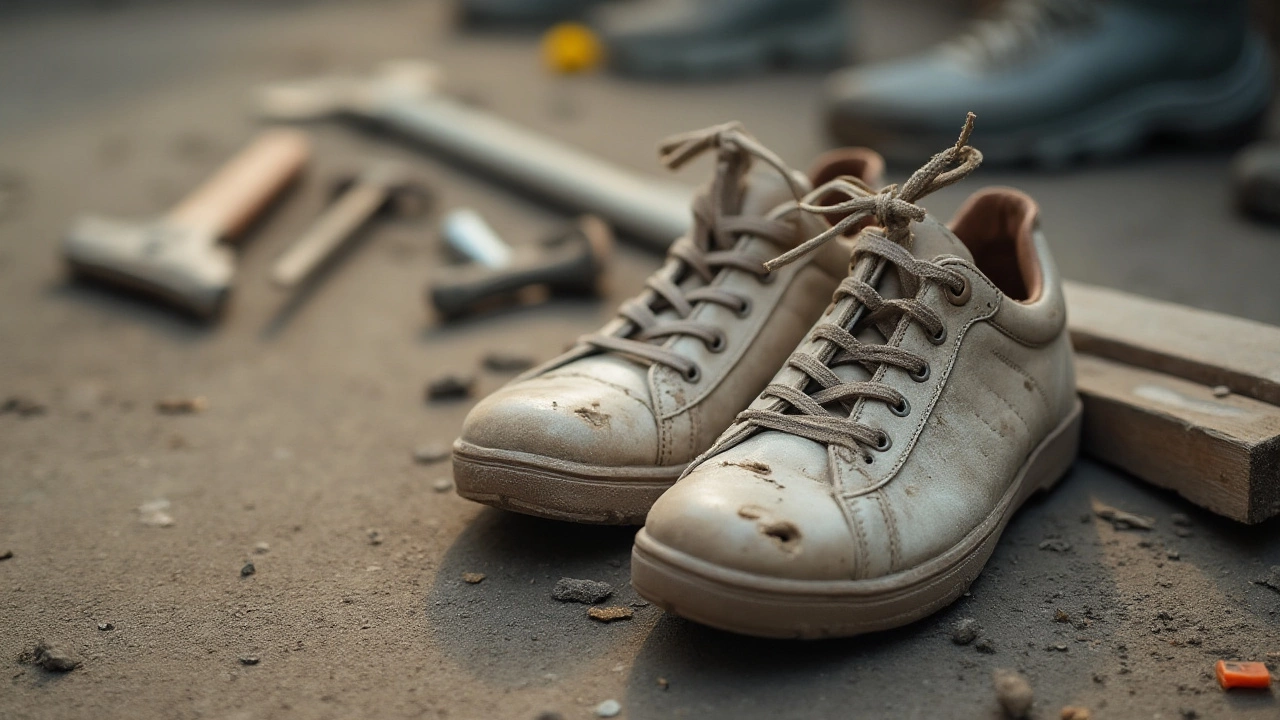Safety Boots: What You Need to Know Before You Buy
When you spend long hours on a job site, the right pair of safety boots can be the difference between a comfortable shift and a painful day. They protect your feet from drops, slips, and the elements, while also keeping you comfortable enough to stay on your feet. Below you’ll find the basics of what makes a boot safe, how to choose one that fits your job, and easy ways to keep them in top shape.
Key Safety Features to Look For
Not every work shoe qualifies as a safety boot. The first thing to check is the toe protection. Most boots have either a steel toe or a composite toe; both meet safety standards, but composite toes are lighter and don’t conduct electricity. Next, think about the sole. Slip‑resistant outsoles are a must for oily or wet floors, while puncture‑resistant plates keep sharp objects from getting through the bottom.
Water resistance is another big plus, especially if you work outdoors or in damp environments. Look for boots with sealed seams and waterproof membranes like Gore‑Tex. Finally, consider ankle support. High‑cut boots give extra stability on uneven ground, while mid‑cut versions are easier to pull on and off.
Choosing the Right Pair for Your Job
Start by measuring your foot at the end of the day – feet tend to swell after work. Use the brand’s sizing chart and add a thumb’s width for wiggle room; you want enough room for thick socks but not so much that the boot slides around.
If you need extra cushioning, look for boots with built-in EVA midsoles or removable inserts. Try them on with the socks you’ll actually wear on the job. Walk around the store or your driveway; the boot should feel snug at the heel with no rubbing, and the toe box should feel roomy enough for your toes to move.
Don’t forget about the break‑in period. Even the best‑fitted boot may feel stiff at first. Wear them for short periods at home before the full shift to let the leather or fabric soften. Some boots come with a break‑in spray that speeds up the process.
When you’ve narrowed down a few pairs, compare the warranty and return policy. A good warranty shows the brand stands behind its durability – you’ll want that coverage if you’re on rough terrain daily.
In short, the best safety boots balance protection, comfort, and durability. Keep these points in mind, try them on properly, and you’ll walk away with a pair that keeps your feet safe and happy all day long.
-
Essential Footwear Tips: What Not to Wear on the Job Site
Choosing the right footwear for a job site is crucial for safety and efficiency. This article explores common footwear mistakes and provides practical advice on what types of shoes should be avoided. Learn why certain shoes pose risks and find tips on choosing the correct footwear for demanding environments. By understanding the importance of suitable work shoes, you can protect yourself from potential injuries and improve work performance.
